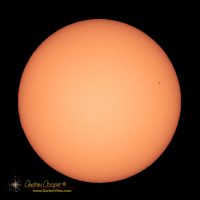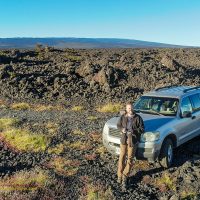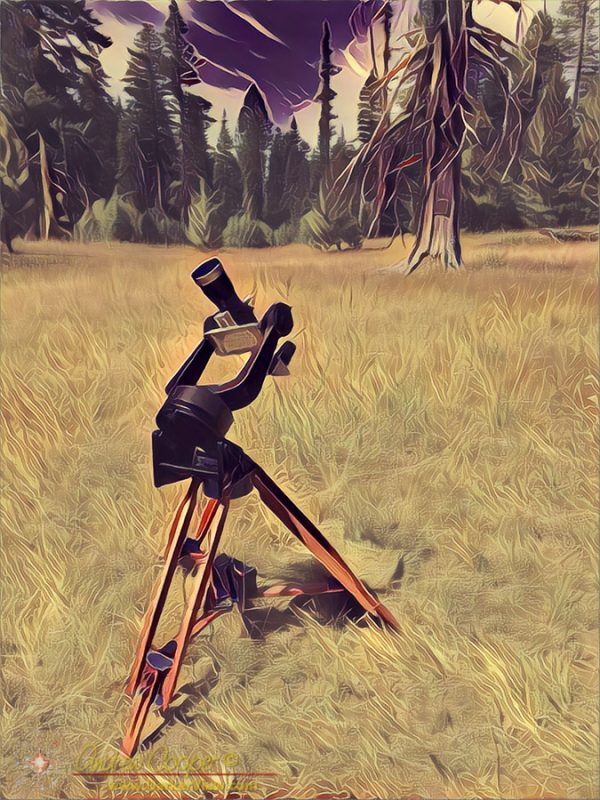It was a clear predawn sky that greeted Waimea this morning, perfect to watch the transit of Mercury across the Sun.
An alarm set for o-dark-thirty and a drive to Waimea with the first glow of dawn behind the mauna. I did not have to pack a ‘scope as I would be using an observatory outreach telescope, just make sure I have camera gear ready.
Realistically I was expecting only a few folks in addition to the club members I knew were coming. A light crowd maybe? Thus I was rather surprised to find the parking lot filling quickly and our big conference room buzzing at 6am.
It was quite the crowd considering the Sun had not yet appeared over the shoulder of the mauna!
Continue reading “Mercury Transit 2019”




